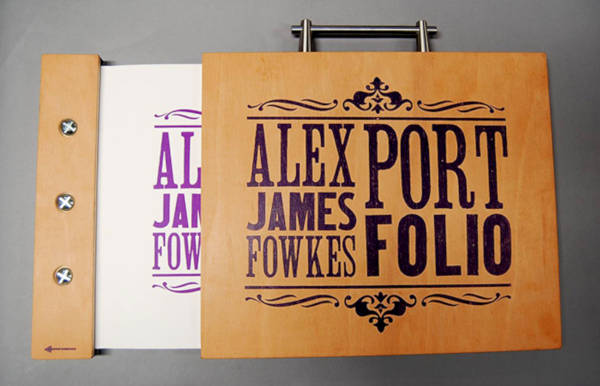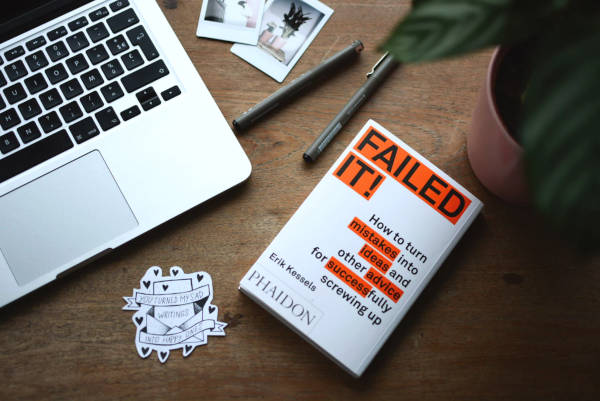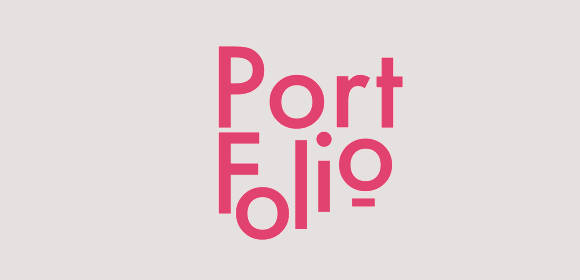Whether you are already an experienced visual designer or someone fresh out of art school, you need to create a design portfolio. This does not only serve as your design resume but it can also be used as a reflection of your work ethic and creative technique – things that are essential in landing a coveted design position.
But, too often, designers are filled with dread just by thinking of compiling a collection of their previous works. That is why we have compiled the best tips and steps that any creative may follow in order to create their effective design portfolios on their own. Find out what these steps are below:
1. Decide if you want a printed or digital design portfolio

In the digital age, it is recommended to post your design portfolio online. However, depending on your industry and location, it may make more sense to use other methods in presenting your design portfolio. Whatever portfolio publication method you choose, just remember that the final output should be tailored for the client, company, or field that you want to work in. And when you know the medium you want your portfolio to be available in, it will become a little easier to plan its contents.
2. Focus on What Specific Field to Concentrate On
Another tip to keep in mind when creating a design portfolio is to decide on what specific design field you want to focus on or what job or position you are applying for. This advice is obviously contrary to what others may advise. But hear us out.

When you consciously decide on what field or aspect of visual design you want to work on, you are telling the world that this is something you are confident in doing. Employers and clients want to see this drive on the people they hire especially if it aligns to their own goals and business objectives. More specifically, if a company is looking for a graphic artist who specializes in creating concert flyers and collaterals, they would be more interested in an applicant whose design portfolio is filled with design case studies showcasing concert flyers and posters.
3. Show Your Mistakes

When building your own design portfolio, it can be beneficial if you also take the time to showcase your own previous projects that did not get approved or those that simply failed. When you do this, also make sure to identify what specific things went wrong with the project and include all the things you could have done differently.
4. Make Case Studies Out of Your Design Projects

When building a design portfolio, it is important to showcase your strengths as an artist. And one of the most effective ways to do this is through the use of case studies. Creative design projects presented through a case study format will help tell a potential client or employer about your problem-solving skills. Also, make sure that you include all the steps that you went through in order to achieve the final design output on each of your case studies.
5. Incorporate the latest animation and design trends

As with anything on the internet, it is important to get on with the times and be updated on what works and what doesn’t. This especially applies to those who are creating digital assets. When creating a design portfolio, it may be best to incorporate or use new animation and design trends to make them more appealing.
A few examples of the latest web design trends are the use for mobile-friendly website themes, flat designs, and increasing website speed.
6. Have another person evaluate the design portfolio

As the creator of the design portfolio, you are not always the most reliable and unbiased source of information about your project’s faults and limitations. That is why, at the last stage of the portfolio creation process, it is best to ask another person to proofread and evaluate the entire design portfolio. You may choose a close friend or colleague who is also knowledgeable in graphic design.
Having this feedback mechanism in place well before your portfolio goes live online or becomes available for clients and employers to review can definitely help decrease the chances of having minor (and often off-putting) typos, grammar lapses, and other design inconsistencies.
7. Stay True to Your Passion
When one is truly dedicated to his/her line of work, the final design output often shows off the zeal and effort put into the creative process. This applies to create your own design portfolio as well.
If you are overwhelmed with all the different pieces of advice and tips when creating design portfolios, then do not listen to them. In fact, if there is one thing you should learn from this article, it can just be this last tip. And that is to stay true to your passion.
Whether you are web or graphic designer, show off what you truly like in the specific field that you have chosen. Follow what your gut tells you to do. Does it tell you to scrap a multi-page portfolio design and instead focus on a one-page website portfolio instead? Is it telling you to follow a minimalist portfolio theme instead of the kitschy theme most brands are using today? Do what you love and follow what your gut tells you. And, hopefully, everything will follow.
Gone are the days when designers and artists need to photograph each of their graphic design projects and compile them into printed portfolios. Today, online design portfolios can be created to supplement, if not to totally replace their printed counterparts. We hope that the tips we have outlined above can help you create your own design portfolio that gives you long-lasting and positive results.
Related Posts
The Best New Portfolio sites, March 2023
Best Poster Designs 2023: Ideas and Tips
Hit and Miss of Olympic Logo Designs from 1924 till 2023
10 Iconic Moments Photographed in 2023 Rio Olympics
Top 5 Logo Design Trends of 2023
2023 Packaging Design Pentaward Winners
Digital Design Trends for 2023
Best Travel Apps for 2023
9 Script Fonts for 2023
10 Best Free Fonts for 2023
10 Best Mobile Games of 2023
Logo Design Strategies for 2023
Top 9 Web Design Trends for 2023
10 Most Popular Graphic Design Trends of 2023
Visual Design Trends to Look Out in 2023
